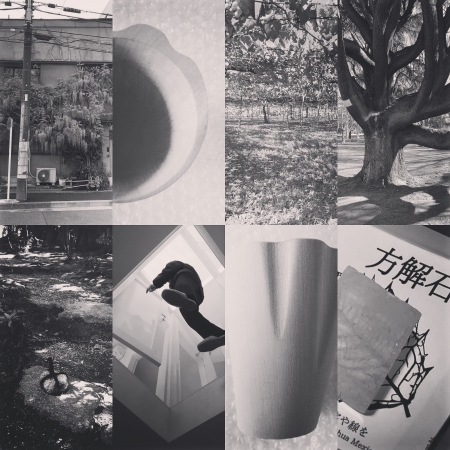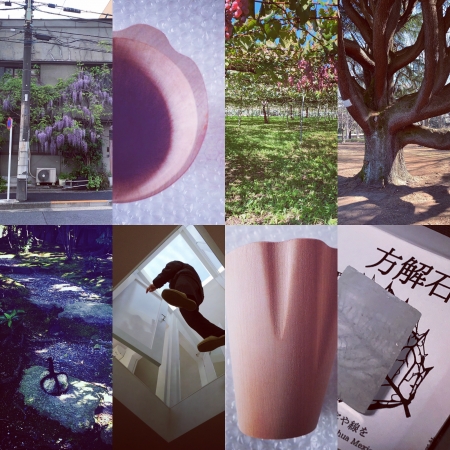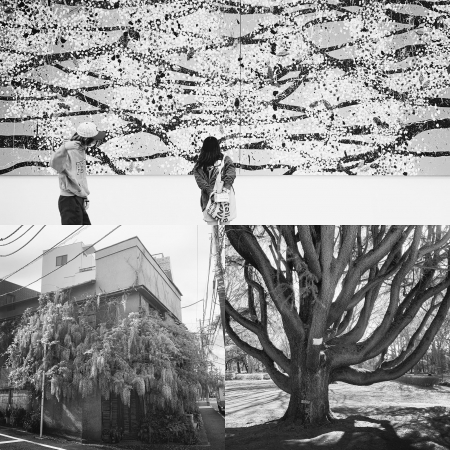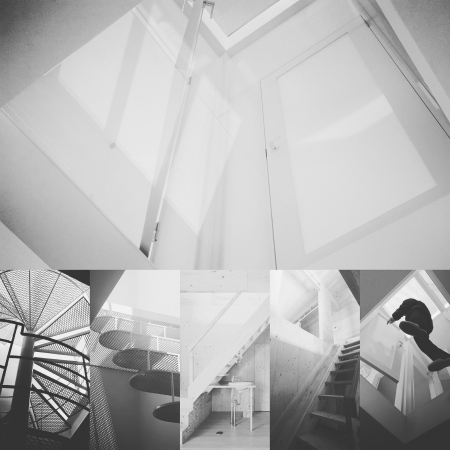新しい展開のつくり方
何かを極端に扱う時には何かを排除しなければならない。それは極端に扱うものに焦点を当て、極端に扱ったものを中心に据えるから他が排除されるが、排除されるものを知りたくて一時的に極端な扱いをすることもあるかもしれない。
排除されるものは今その瞬間には必要がないかもしれないが見方や焦点の当て方をかえれば再び必要とされるものである。だから、再び必要とされる見方や焦点の当て方を考えれば、それがすなわち新しい展開へと通じる。
"How to make a new development"
When dealing with something extreme, something must be excluded. It focuses on the extreme treatments and puts the extreme treatments at the center, so others are excluded, but there may be temporary extreme treatments to know what is excluded.
What is excluded may not be needed at that moment, but it is needed again from a different perspective and focus. So, if you think about the perspective and focus that you need again, that leads to new developments.








